Items Similar to Korean Ceramic Buncheong Ware Tea Bowl Early Joseon Dynasty
Want more images or videos?
Request additional images or videos from the seller
1 of 20
Korean Ceramic Buncheong Ware Tea Bowl Early Joseon Dynasty
$12,000
£9,196.55
€10,569.82
CA$16,854.59
A$18,863.39
CHF 9,874.31
MX$229,156.06
NOK 125,378.69
SEK 118,316.21
DKK 78,869.42
About the Item
An antique Korean Buncheong stoneware tea bowl (chawan) from early Joseon Dynasty circa late 15th to early 16th century. The bowl with a short ring base is nearly entirely covered in a white slip except the base (known as sougusuri in Japanese, total glaze). Iron-colored scrolling vines were painted on with quick and deft brush strokes, rendering the bowl a vital and spontaneous appeal. It appears that the bowl was dipped in the white slip instead of being brushed on, observing from the slip pattern left on the rim of the bowl. The bowl shows significant age and evident of use for tea drinking. There are losses of glaze flakes throughout, along the rim and inside the bowl. The flake off the glaze left a dark spot on the rim, exposing the deep colored clay underneath. Inside the bowl, many of the glaze flakes appear more superficial and retains a yellowing color from the tea stains (known as amamori, rain leak). There is a historical crack line on the exterior (surface only) that result in associated small losses of glaze. It appears that the crack line was the result from the kiln firing and gradually the glaze around it started to reduce. The bowl comes with a later wrapping cloth and a wood tomobako box, but they are not original to the piece.
This particular type of Buncheong ware was associated with the Hakbong-ri kilns in the sacred Mount Gyeryong Mountains, west of Daejeon city in the Chungcheong province. During early Joseon Dynasty, the emperor decided to reject Buddhism to embrace the Confucianism. As a result, many monks were forced to abandon their religious life and returned to the secular society. The monks in Gyeryong mountains set up the kilns and started to produce this so called "Hakbong-ri" type of Buncheong ware. The production was shorted-lived for only a few decades from late 15th to early 16th century before it turned to porcelain, but the ware made during that period was noted for their fresh and enigmatic appeal with deft iron-paint decoration. Collectors cherish these rare pieces for their vitality and spontaneity often used them on important occasions of chado in Japan and passed down to generation.
For a similar bowl, see Catalog 52 illustrated on page 87 of the book "Korean Buncheong Ceramics from Leeum Samsung Museum of Art.
Christie's NY sale no. 3485 "The Ten Signs of Long Life: The Robert Moore Collection of Korean Art" on 03/17/2014, lot 738.
- Dimensions:Height: 2.5 in (6.35 cm)Diameter: 5.6 in (14.23 cm)
- Style:Archaistic (Of the Period)
- Materials and Techniques:Ceramic,Glazed
- Place of Origin:
- Period:
- Date of Manufacture:Late 15th-Early 16th Century
- Condition:Wear consistent with age and use. As shown, scattered glaze flakes losses on the rim and in the bowl, old crack line and associated minor glaze loss on the exterior.
- Seller Location:Atlanta, GA
- Reference Number:1stDibs: LU945031486582
About the Seller
4.9
Platinum Seller
Premium sellers with a 4.7+ rating and 24-hour response times
Established in 2006
1stDibs seller since 2010
565 sales on 1stDibs
Typical response time: <1 hour
- ShippingRetrieving quote...Shipping from: Atlanta, GA
- Return Policy
Authenticity Guarantee
In the unlikely event there’s an issue with an item’s authenticity, contact us within 1 year for a full refund. DetailsMoney-Back Guarantee
If your item is not as described, is damaged in transit, or does not arrive, contact us within 7 days for a full refund. Details24-Hour Cancellation
You have a 24-hour grace period in which to reconsider your purchase, with no questions asked.Vetted Professional Sellers
Our world-class sellers must adhere to strict standards for service and quality, maintaining the integrity of our listings.Price-Match Guarantee
If you find that a seller listed the same item for a lower price elsewhere, we’ll match it.Trusted Global Delivery
Our best-in-class carrier network provides specialized shipping options worldwide, including custom delivery.More From This Seller
View AllKorean Ceramic Ki-Irabo Tea Bowl Chawan Joseon Dynasty
Located in Atlanta, GA
A ceramic chawan tea bowl made in Korea for Japanese market circa 17th century. The chawan is identified as Ki- Irabo type (Yellow Irabo). Irabo bowls w...
Category
Antique 17th Century Korean Other Ceramics
Materials
Ceramic
Korean Ceramic Irabo Tea Bowl Chawan Joseon Dynasty
Located in Atlanta, GA
A ceramic chawan tea bowl made in Korea for Japanese market circa 17th century. The chawan is identified as Irabo type. Irabo bowls were essentially con...
Category
Antique 17th Century Korean Other Ceramics
Materials
Ceramic
Antique Korean Mishma Tea Bowl Chawan Joseon Dynasty
Located in Atlanta, GA
A Korean Hori-Mishima Chawan (tea bowl) circa 16th-17th century (Joseon Dynasty). The tea bowl is of an upright conical form supported by a high foot ring. It was decorated with incised brushwood fence patterns filled with white slip on both the interior and exterior surface. These dominant motifs were spaced by three encircling double lines. Seven chrysanthemum flowers (inka) were stamped on the lower interior surrounding a swirling tea well on the bottom. There are six spur marks known as Meato in Japanese on the interior bottom and a pointy spot in the center of the foot ring known as Tokin. Two crack lines were historically repaired by superb Kintsugi, adding a mysterious wabi-sabi appeal to the piece.
The Hori-Mishima bowl was also known as Gohon Mishima. It was made in Bushan Kilns of the Southern Gyeongsang Province specifically for the Japanese market in the 16th-17th century, when the tea ceremonies in Japan demanded such ware. The bowl comes with a purple fabric pouch...
Category
Antique 17th Century Korean Other Ceramics
Materials
Ceramic
Korean Ceramic Kakinoheta Chawan Tea Bowl
Located in Atlanta, GA
A "Kakinoheta" type ceramic chawan (tea bowl) made in Korean during Joseon dynasty circa 16th-17th century. The bowl has a slight irregular flat shape w...
Category
Antique 17th Century Korean Other Ceramics
Materials
Ceramic
Korean Gohon Chawan Tea Bowl for Japanese Market Joseon Dynasty
Located in Atlanta, GA
A ceramic chawan (tea bowl) circa 17-18th century fired in the Busan kiln in Korean specifically for the Japanese market. The kilns were run by the So c...
Category
Antique 17th Century Japanese Edo Ceramics
Materials
Ceramic
Korean Ceramic Ido Tea Bowl Chawan Joseon Dynasty
Located in Atlanta, GA
A ceramic stoneware chawan tea bowl made in Korea circa 16-17th century. The chawan is identified as Ko-ido (small ido) due to its size and form. Ido bowls were made since 15th centu...
Category
Antique 17th Century Korean Other Ceramics
Materials
Ceramic
You May Also Like
Korean Joseon Dynasty Glazed Pottery Ceramic Hakame Chawan Tea Bowl
Located in Studio City, CA
A wonderful Joseon Dynasty (1392-1897) Korean pottery bowl with a beautiful muted glaze, color, and nicely aged patina.
As this is not our area of expertise, we are listing it si...
Category
Antique 19th Century Korean Ceramics
Materials
Pottery
Korean Joseon Dynasty Glazed Pottery Ceramic Hakame Chawan Tea Bowl Dish
Located in Studio City, CA
A wonderful Joseon Dynasty (1392-1897) Korean pottery bowl/ dish with a beautiful muted glaze, color, and nicely aged patina.
As this is not our area of expertise, we are listing...
Category
Antique 19th Century Korean Ceramics
Materials
Pottery
Ogata Kenzan Signed Japanese Asian Edo Period Pottery Tea Bowl Chawan
Located in Studio City, CA
A spectacularly designed and beautifully made Chawan tea bowl dating back to the Edo period. This work is attributed to Ogata Kenzan (1663-1743) who is wi...
Category
Antique 18th Century Japanese Edo Ceramics
Materials
Pottery
Japanese antique pottery bowl [tokoname ware]/Tokoname ware/12th-13th century
Located in Sammu-shi, Chiba
This bowl is made from Tokoname ware, a type of pottery from Aichi Prefecture. Tokoname ware has a history dating back to the 12th century, and there are still several active kilns t...
Category
Antique 15th Century and Earlier Japanese Other Antiquities
Materials
Pottery
Japanese Antique Earthenware Tea Bowl/Edo Period/1700-1800/'Hagi Ware'
Located in Sammu-shi, Chiba
This is Hagi ware made in the middle of the Edo period.
Hagi ware is a type of pottery that began in Hagi City, Yamaguchi Prefecture in the early Edo period...
Category
Antique 18th Century Japanese Edo Pottery
Materials
Pottery
Chinese Jun Ware Streak Glazed Art Pottery Bowl
Located in Bishop's Stortford, Hertfordshire
A very stylish good quality Chinese Jun Ware pottery bowl decorated with streaked glazes on a red and pale blue glazed ground dating from the latter 19th o...
Category
Antique 19th Century Chinese Other Ceramics
Materials
Pottery
More Ways To Browse
Korea Ceramics
Glazed Korean
Dynasty Bowl
Ceramic Bowl Yellow
Korean Antiques
Antique Fire Bowl
Antique Korean Ceramics
Korean White Porcelain
Korean Joseon
Antique Korean Porcelain
Yellow Ware
Antique Korean Art
Art Of Joseon
Joseon Dynasty
Korea Ring
Antique Joseon
Antique Korean Wood Furniture
Yellow Porcelain Bowl
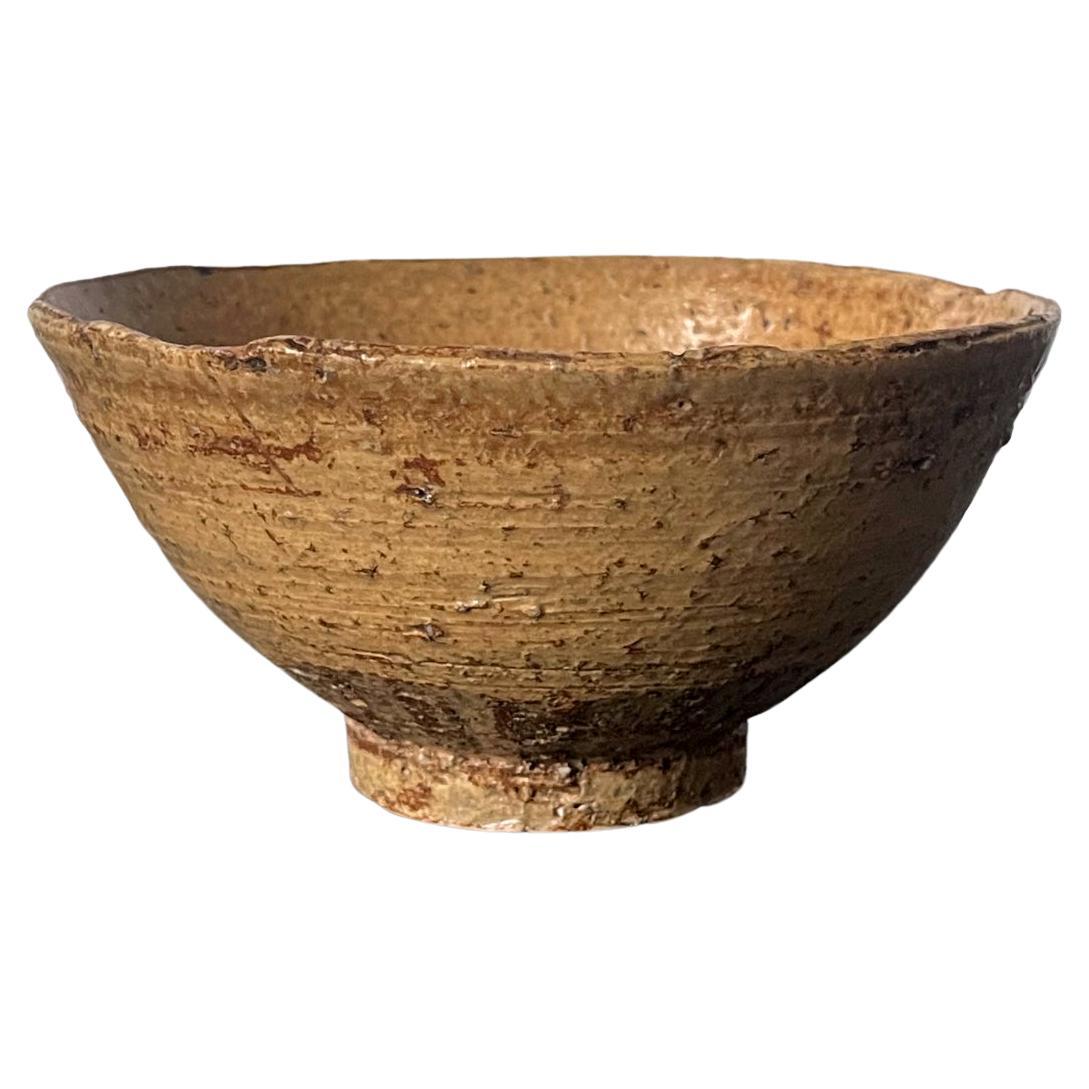


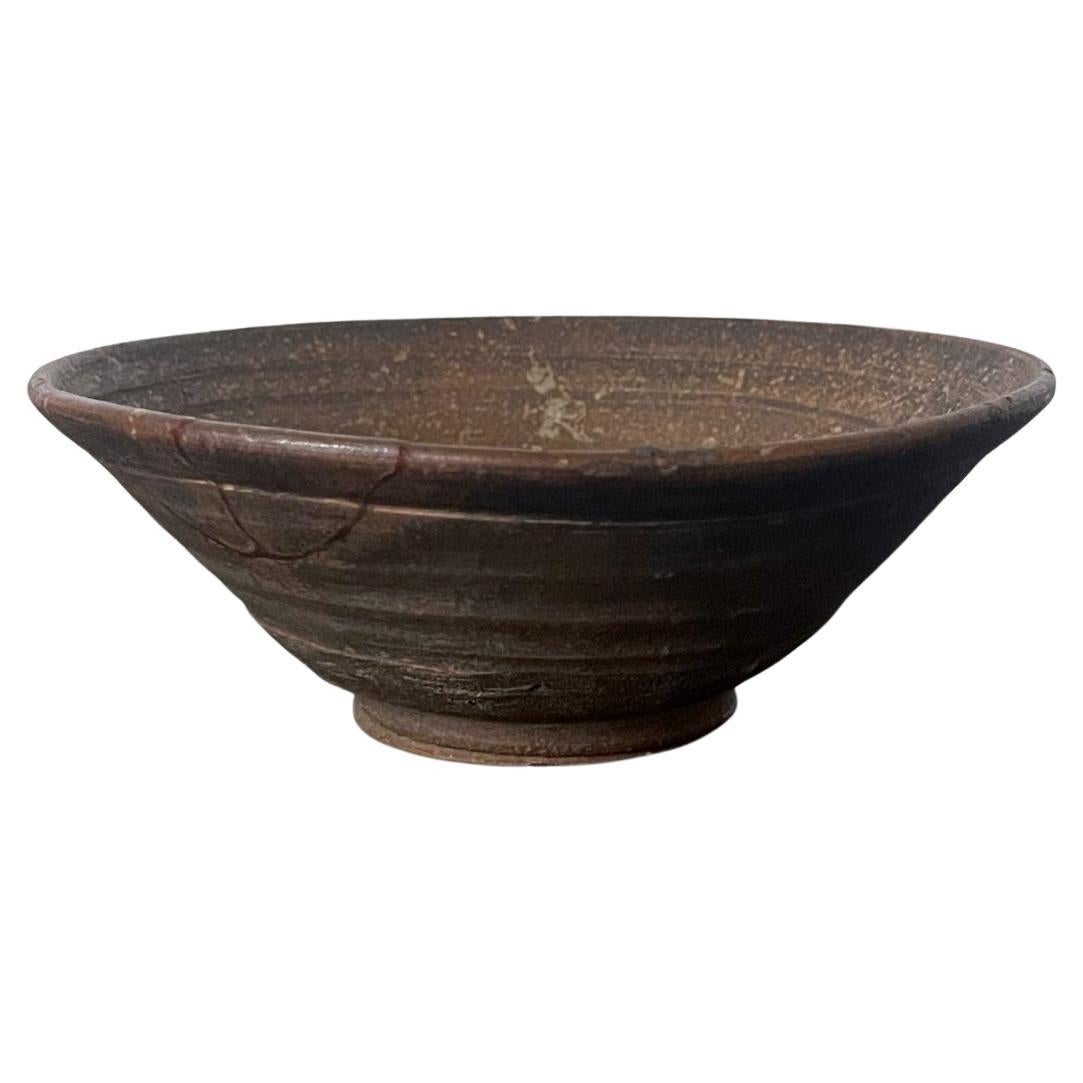
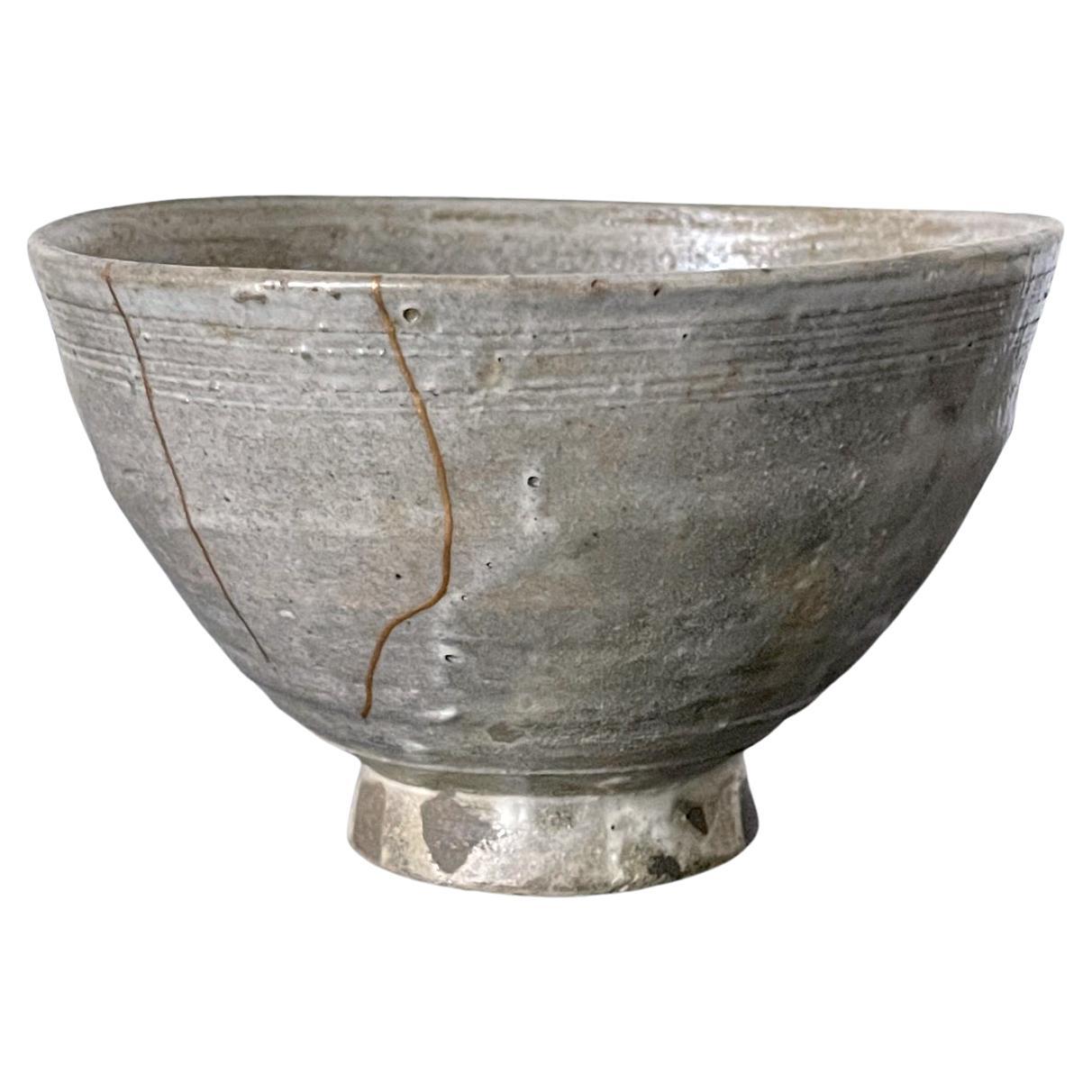
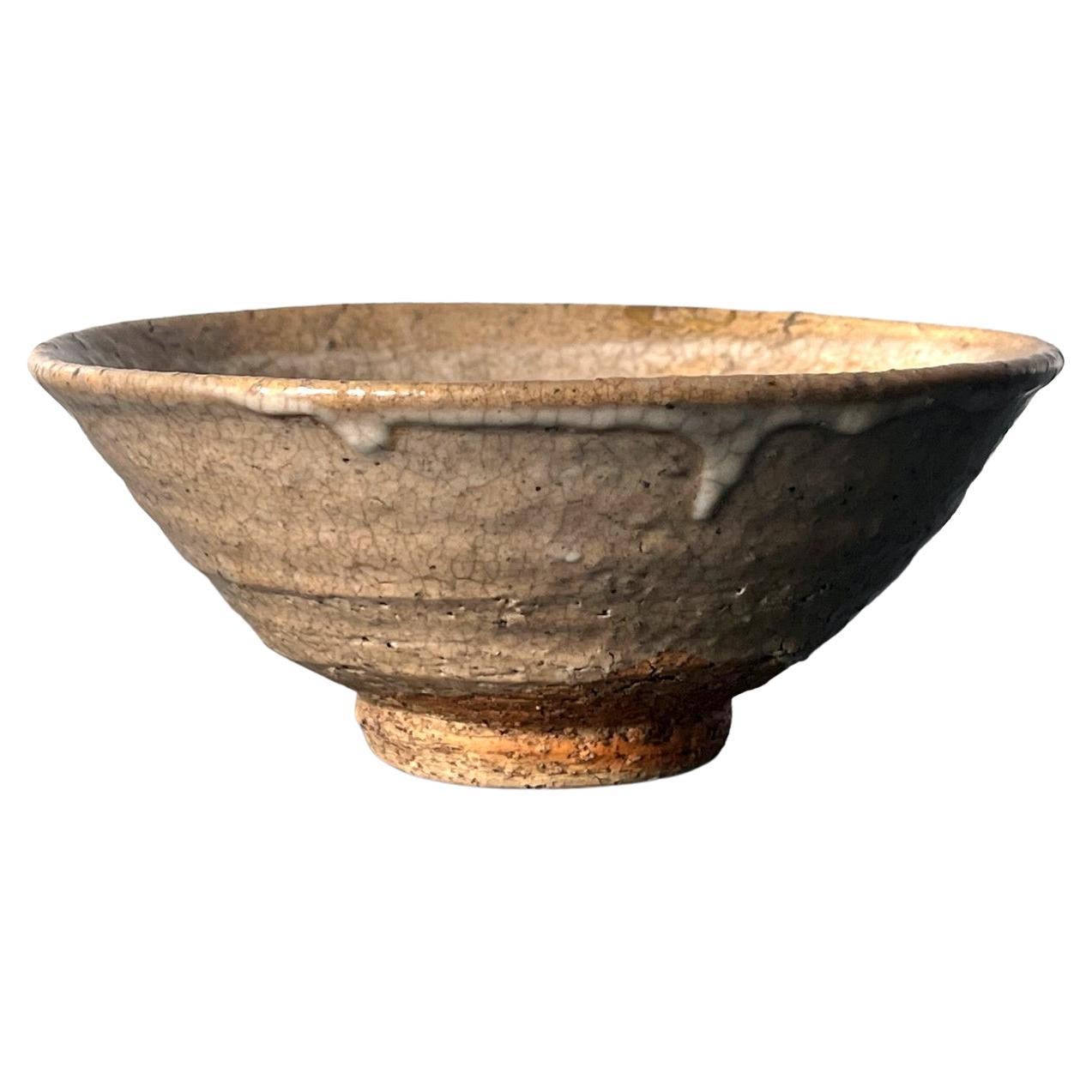
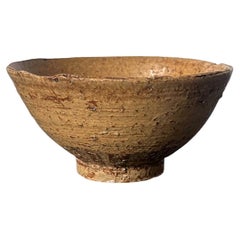
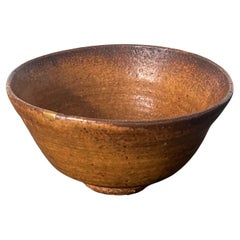
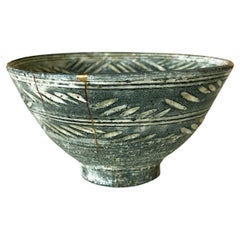
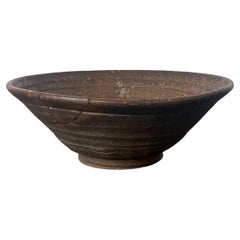

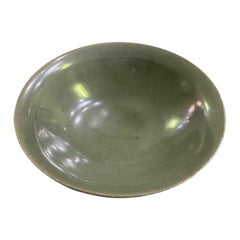
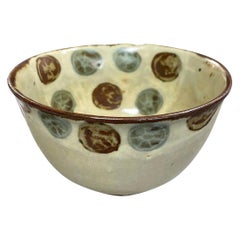
![Japanese antique pottery bowl [tokoname ware]/Tokoname ware/12th-13th century](https://a.1stdibscdn.com/japanese-antique-pottery-bowl-tokoname-ware-tokoname-ware-12th-13th-century-for-sale/f_54872/f_438190121740644008945/f_43819012_1740644009233_bg_processed.jpg?width=240)